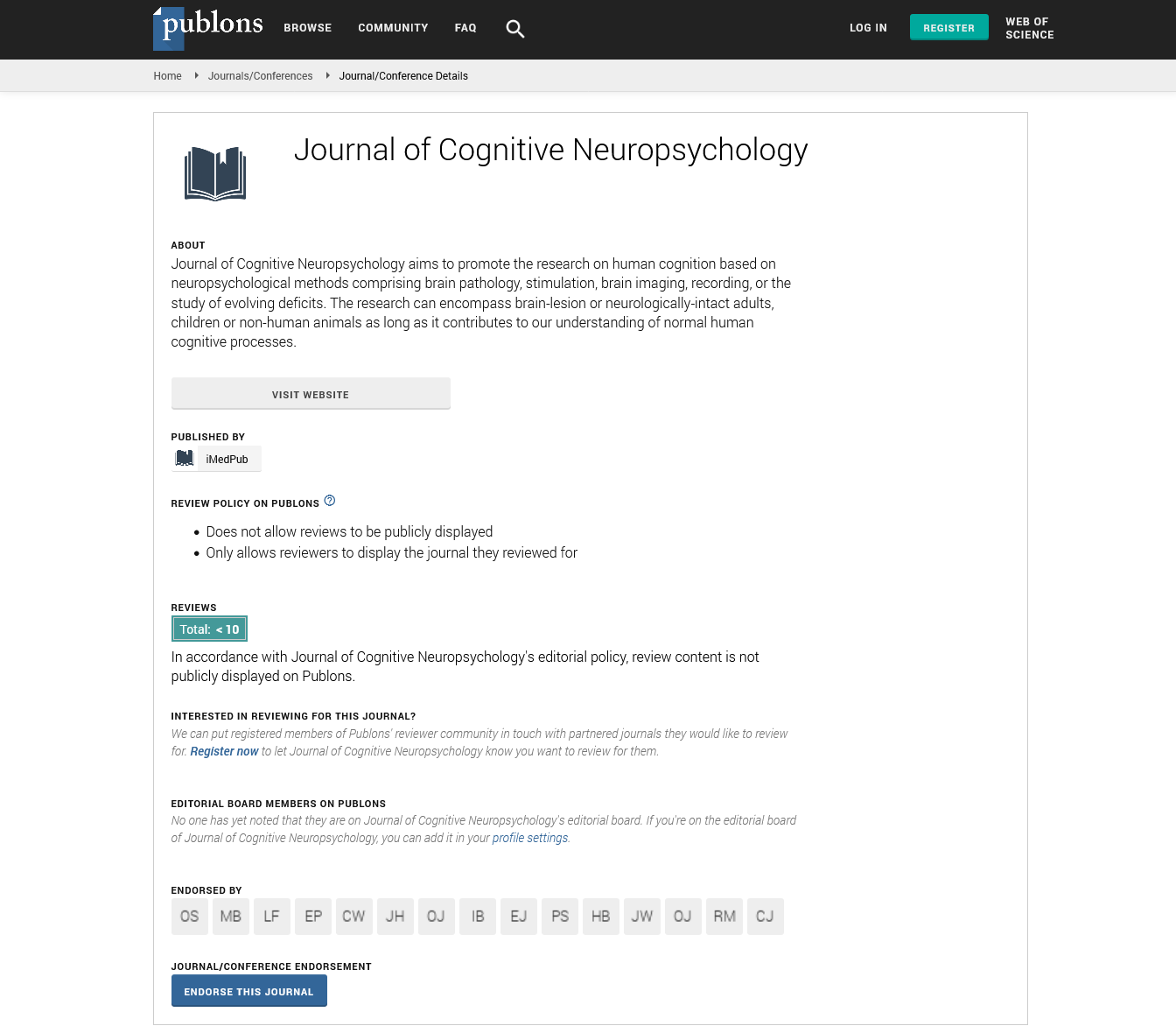Abstract
Diabetes Mellitus and Cardiomyopathy
It is a known fact that diabetics are at high risk of developing cardiovascular disease. In fact, cardiovascular disease is the leading cause of morbidity and mortality in diabetics. Diabetes is responsible for the increased and diffuse atherosclerosis in the large arteries (carotid, aortic, femoral arteries) and the increased incidence of atherosclerosis in the peripheral vessels of the heart.
The concept of Diabetic Cardiopathy was first introduced by Rubler and his colleagues and was then widely used by epidemiologists and clinicians.
Diabetic cardiopathy is a common cardiovascular complication of diabetes, which is associated with an increased risk of morbidity and mortality. Diabetic cardiopathy describes changes in the structure and function of the myocardium associated with diabetes that are not directly attributable to other confounding factors such as coronary heart disease or hypertension. The pathophysiological mechanisms considered to be responsible for the development of Diabetic Cardiomyopathy are metabolic substrate management disorder by the diabetic heart, co-existing insulin resistance, small heart disease, and autonomic cardiac neuropathy. These lead to myocardial cell damage, reactive hypertrophy, interstitial fibrosis, and the progressive development of heart failure.
Author(s): Frantzana Aikaterini
Abstract | PDF
Share This Article
Google Scholar citation report
Citations : 8
Journal of Cognitive Neuropsychology received 8 citations as per Google Scholar report
Journal of Cognitive Neuropsychology peer review process verified at publons
Abstracted/Indexed in
- Google Scholar
- Publons
- MIAR
Open Access Journals
- Aquaculture & Veterinary Science
- Chemistry & Chemical Sciences
- Clinical Sciences
- Engineering
- General Science
- Genetics & Molecular Biology
- Health Care & Nursing
- Immunology & Microbiology
- Materials Science
- Mathematics & Physics
- Medical Sciences
- Neurology & Psychiatry
- Oncology & Cancer Science
- Pharmaceutical Sciences
